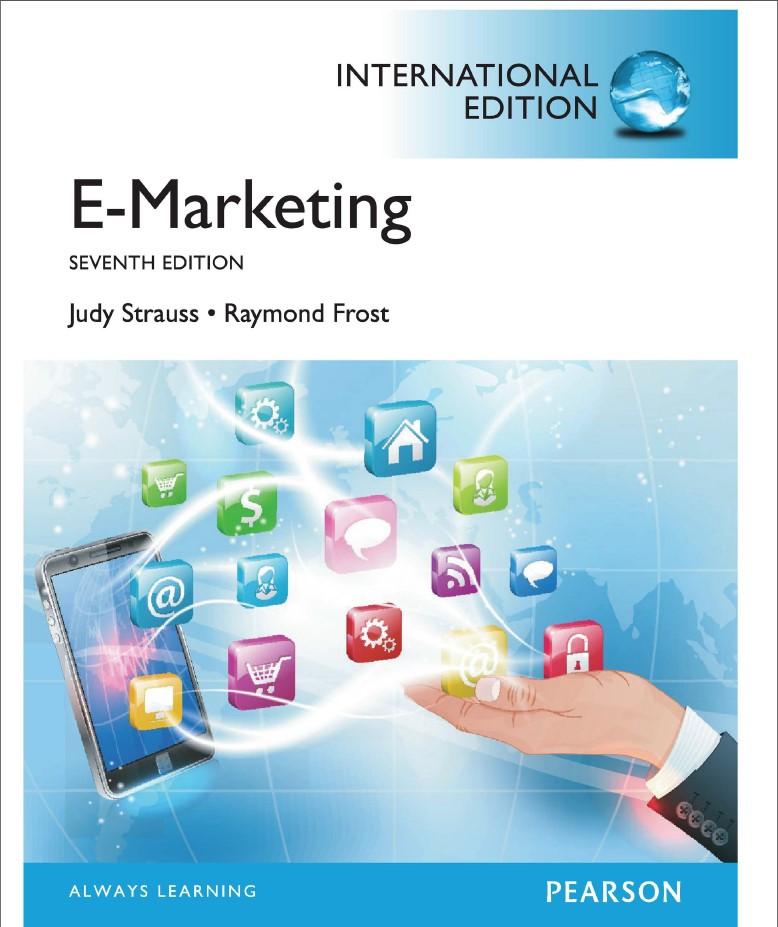



Please help with the following questions (there are 2 pictures/parts to each problem). Thanks in advance!
3. Comparing monopolistic competition and perfect competition Suppose that a firm produces footballs in a monopolistically competitive market. The following graph shows its demand curve (D), marginal revenue curve (MR), marginal cost curve (MC), and long-run average cost curve (LRAC). Assume that all firms in the industry face the same cost structure. Place the tan point (dash symbol) on the graph to indicate the long-run monopolistically competitive equilibrium price and quantity for this firm. Next, place the purple point (diamond symbol) to indicate the point at which this firm would produce in the long run if it operated in a perfectly competitive market. Note: Dashed drop lines will automatically extend to both axes. (?) 100 Monopolistic Competition Outcome Perfect Competition Outcome 1 8 8 8 8 8 8 8 PRICE, COSTS, AND REVENUE (Dollars per football ) LRAC D MC MR O 10 20 30 40 50 60 70 80 90 100 QUANTITY (Thousands of footballs per month) a W 1:54 PM O 4/16/2021MR 10 20 30 40 50 60 70 80 90 100 QUANTITY (Thousands of footballs per month) Compare the average cost and the output in the long-run equilibrium for a monopolistically competitive firm and a perfectly competitive firm by completing the following table. Average Cost Output Under... ( Dollars per football) (Thousands of footballs per month) Monopolistic Competition Perfect Competition Because this market is a monopolistically competitive market, the firm's average cost in long-run equilibrium is the long-run average cost it would achieve as a firm operating in a perfectly competitive market. The output of a monopolistically competitive firm in long-run equilibrium is the output of a perfectly competitive firm. This difference in output is known as the of a monopolistically competitive firm. Grade It Now Save & Continue Continue without saving 1:58 PM O W 4/16/20212. Entry or exit in the long run Grotesque Bikes is a company that manufactures bikes in a monopolistically competitive market. Assume that Grotesque is operating in the short run. The following graph shows Grotesque's annual demand curve (Demand), marginal revenue curve (MR), marginal cost curve (MC), and average total A-Z cost curve (ATC). Place the grey point (star symbol) on the graph to indicate the profit-maximizing price and quantity for the company. Then determine if the company is experiencing a profit or a loss. If they are experiencing a profit, use the green rectangle (triangle symbols) to shade the area representing the company's profit. However, if they are suffering from a loss, use the purple rectangle (diamond symbols) to shade the area representing the company's loss. Note: Select and drag the rectangles from the palette to the graph. To resize, select one of the points on the rectangle and move to the desired position. (?) 100 90 Mon Comp Outcome 70 Profit 8 ATC PRICE (Dollars per bike) Loss 8 20 Demand MR 10 20 30 40 50 60 70 80 90 100 QUANTITY (Thousands of bikes O 1:55 PM 4/16/202 LNow consider the long run, in which bike manufacturers are free to enter and exit the market. A-Z Show the possible effect of this free entry and exit by shifting the demand curve for a typical individual producer of bikes on the following graph. 6 Note: Select and drag the curve to the desired position. The curve will snap into position, so if you try to move a curve and it snaps back to its original position, just drag it a little farther. (? Demand PRICE (Dollars per bike) Demand QUANTITY (Bikes) Grade It Now Save & Continue Continue without saving O W 1:56 PM 4/16/2021














